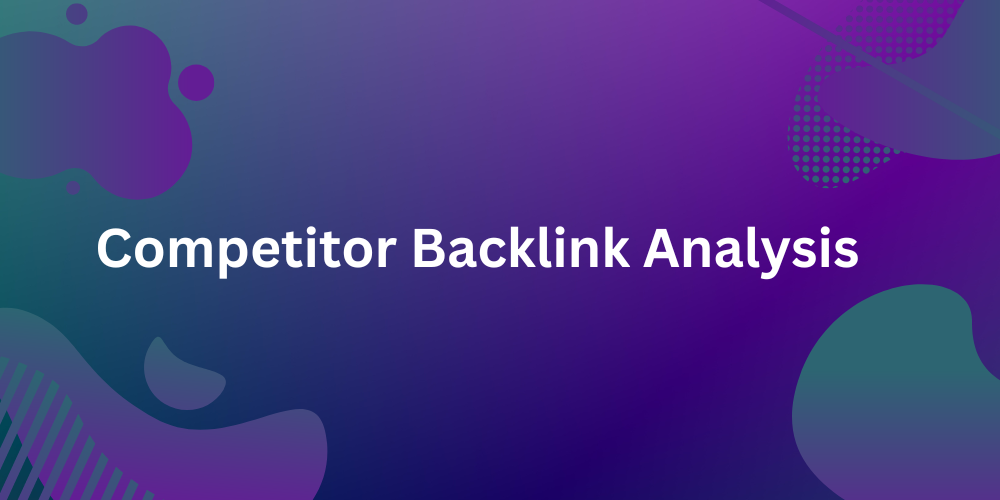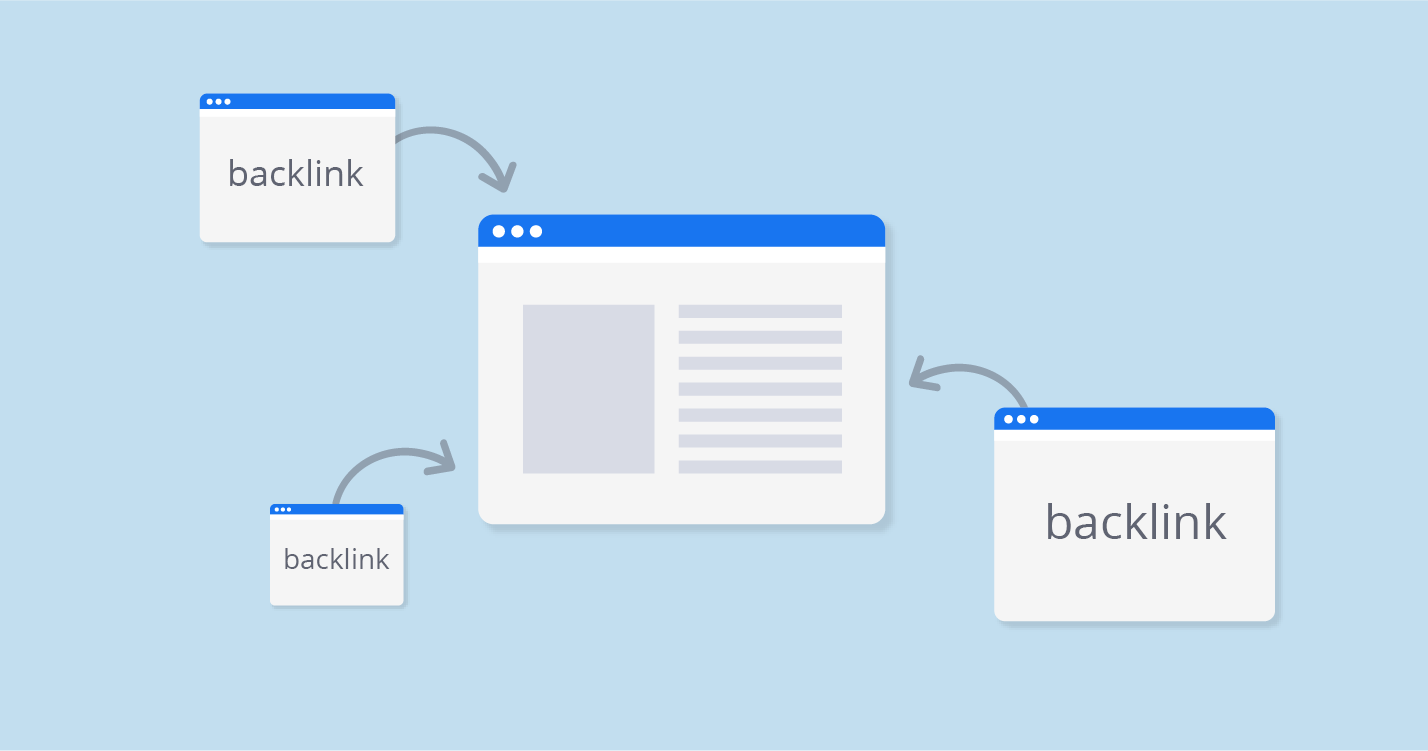
In the ever-evolving world of SEO, backlinks remain one of the most critical ranking factors. But with so much noise and competition, simply acquiring links isn’t enough — you need to track and monitor your backlink profile to ensure it’s healthy, relevant, and contributing positively to your search engine visibility.
This guide will walk you through the essential metrics, tools, and strategies for effectively tracking and monitoring your backlink profile in 2025. Whether you’re a seasoned SEO professional or just starting out, this article will equip you with the knowledge to maintain a strong and sustainable link profile.
What Is Backlink Monitoring and Why It Matters
Backlink monitoring is the process of regularly checking and analyzing the links pointing to your website. This includes both internal and external links, but the focus is typically on external backlinks from other websites.
Why does this matter? Because backlinks are one of the primary signals that search engines like Google use to determine the authority and relevance of your content. A well-optimized backlink profile can boost your rankings, drive organic traffic, and enhance your brand’s credibility.
But not all backlinks are created equal. Some may be harmful (known as “toxic” links), while others might be irrelevant or low-quality. Without proper monitoring, these issues can go unnoticed and negatively impact your SEO performance.
How Backlink Monitoring Impacts SEO Performance
Backlink monitoring directly affects several key SEO metrics:
- Search Visibility: High-quality backlinks signal to search engines that your site is trustworthy and valuable.
- Organic Traffic: Links from authoritative sites can drive targeted traffic to your pages.
- Dwell Time: Users are more likely to stay on your site if they arrive via quality backlinks.
- Brand Authority: A strong backlink profile enhances your brand’s reputation and industry influence.
Moreover, backlink monitoring helps you understand how your competitors are building their profiles, giving you insights into potential opportunities and threats.
Step-by-Step Implementation Framework
Here’s a structured approach to tracking and monitoring your backlink profile effectively:
1. Define or Audit the Current Situation
Before diving into tools and metrics, start by auditing your current backlink profile. Use tools like Google Search Console or third-party platforms to gather data on:
- Total number of backlinks
- Dofollow vs. nofollow ratio
- Anchor text distribution
- Referring domains
- Spam score
This initial audit sets the baseline for future comparisons and helps identify any immediate issues.
2. Apply Tools, Methods, or Tactics
Use a combination of free and paid tools to track your backlinks. Here are some of the most effective ones:
- Ahrefs: For comprehensive backlink analysis, including link velocity, anchor text, and competitor comparison.
- Moz Link Explorer: Great for assessing domain and page authority.
- SE Ranking: Offers detailed reports on backlinks, referring domains, and spam score.
- Mention: Useful for tracking brand mentions and identifying link reclamation opportunities.
- Google Search Console: Essential for spotting broken links and monitoring index status.
These tools help you keep tabs on your backlinks, detect toxic links, and uncover new opportunities.
3. Measure, Analyze, and Optimize
Once you have the data, analyze it to identify trends and areas for improvement. Key metrics to watch include:
- Link Velocity: The rate at which your site gains or loses backlinks.
- Anchor Text Distribution: Ensure it’s diverse and natural.
- TLD Distribution: Avoid an over-reliance on suspicious or irrelevant domains.
- Referring Page Authority: Focus on high-authority pages that pass more value.
- Spam Score: Identify and disavow harmful links.
Regularly review these metrics and adjust your strategy accordingly. For example, if you notice a sudden drop in link velocity, investigate whether there’s a technical issue or if competitors are outpacing you.
Real or Hypothetical Case Study
Let’s say you run an e-commerce blog focused on fitness products. After conducting a backlink audit, you discover that many of your backlinks come from low-authority sites with poor user engagement.
By using Ahrefs and Moz, you identify that only 15% of your backlinks come from high-authority domains. You also notice a spike in nofollow links and a lack of branded anchor text.
You then implement a strategy to build relationships with industry influencers, create shareable content, and reach out to websites that have mentioned your brand without linking to you.
Over six months, your backlink profile improves significantly. Your link velocity increases by 40%, and your domain authority rises from 38 to 52. As a result, your organic traffic grows by 25%, and your site ranks higher for key keywords.
Tools and Techniques for Backlink Monitoring
Here are some of the top tools available for backlink monitoring:
- Ahrefs – Comprehensive backlink analysis with powerful competitor insights.
- Moz Link Explorer – Excellent for assessing domain and page authority.
- SE Ranking – Offers detailed reports on backlinks, referring domains, and spam score.
- Mention – Tracks brand mentions and identifies link reclamation opportunities.
- Google Search Console – Essential for detecting broken links and monitoring index status.
Each tool has its strengths, so consider using a combination of them to get a full picture of your backlink profile.
Future Trends and AI Implications
As AI continues to shape the SEO landscape, backlink monitoring will become even more sophisticated. Tools powered by machine learning will be able to predict link quality, detect patterns of spam, and recommend optimal link-building strategies.
Voice and multimodal search will also change how backlinks are valued. For instance, links from voice-optimized content or video platforms may gain more importance.
To stay ahead, focus on building high-quality, relevant backlinks and use AI-driven tools to automate and refine your monitoring efforts.
Key Takeaways
- Backlink monitoring is crucial for maintaining a healthy and effective SEO strategy.
- Use a mix of free and paid tools to track and analyze your backlink profile.
- Focus on key metrics like link velocity, anchor text distribution, and referring page authority.
- Regularly audit your backlink profile to identify and remove toxic links.
- Stay ahead of the curve by leveraging AI-powered tools and adapting to emerging trends.
By consistently tracking and optimizing your backlink profile, you’ll not only improve your search engine rankings but also build a stronger, more credible online presence.
Meta Title: How to Track & Monitor Your Backlink Profile: A Complete Guide for SEO Success
Meta Description: Learn how to track and monitor your backlink profile with the right tools, metrics, and strategies for SEO success in 2025.
SEO Tags (5): backlink monitoring, SEO tools, backlink audit, link building, SEO strategy
Internal Link Suggestions: Parameter #12: Link Building Strategies, Parameter #7: Technical SEO Best Practices, Parameter #9: Content Marketing
External Source Suggestions: https://ahrefs.com, https://moz.com, https://search.google.com











